Bottom line it benefits big corporate that is using and putting harmful poisonous pesticides, GMOs, and other toxic chemicals into our food and environment, mostly in low income areas and around farm workers to make it hard for them to have access to healthcare because then the exposure and effects such as birth defects will be documented and the real numbers for exposure will be revealed and known to all.
Single payer healthcare means 100% of Americans can get preventative care to reduce the huge burden of disease on our system, and go to the doctor as needed which again can catch illness early when treatment is at a lower cost. Long term disease and need for drugs, along with how patients are treated the last two years of life is the biggest burden to the entire system!
One of the major arguments against a single payer system in the USA is it will be too expensive for businesses. Single payer is cheaper because pricing can be leveraged against the power of numbers (330 Million Americans) so big suppliers like pharmaceutical companies and other healthcare related industries currently gouging and ripping off the system can agree to our terms or be told we will go to Canadian or other companies that are willing to agree. Single payer also takes the billions of dollars going into the pockets of insurance companies and redirects it to healthcare services.
Medicare uses 2% of member fees for administration and 98% for services and is very good at paying since have a streamlined, uncomplicated system with one set of codes and forms while insurance companies use 30% for administration and 70% for services. There are so many insurance companies and each has their own forms and codes. One hospital can need 400+ employees to handle billing with only two needed for Medicare.
Insurance companies have been known to automatically deny 50% of claims submitted to them without even reviewing in hopes there will be no refiling of the claim and they out out of paying all together also known as slippage. That denial of services can mean extra long wait times for getting their treatment, may never get it, and can die in the process of waiting. The extra work to have to refile and pay employees is a huge expense for doctors offices and most certainly cuts into their profits. Hard to put a price on the loss of a loved one and possibly a key bread winner that supports a family. Actually the whole country looses the loss of productivity, and the family may then have to collect disability or government assistance on their own.
Warren Buffet is known as one of the best businessmen that ever lived because he takes little risk and goes for long term secure investments. His success is almost unmatched.
Mr. Buffet sees a single payer system as making good financial sense for businesses and thinks it will help them in many other ways too. Workers benefit as well and do not have to stay stuck in a job they hate because they can't afford to leave and risk losing their healthcare plan. The single payer system where every American has healthcare will force businesses to treat employees better because they can leave without the risk of loosing their healthcare insurance and can be to their benefit to keep trained employees.
The amount of bankruptcies related to healthcare is as high as 62%! All it takes is one major illness to take a person that has spent a lifetime of paying bills on time and buying a house into financial ruin where they loose a lifetime of savings, their health, and their financial rating. It can happen to anyone at anytime. All it takes is a diagnosis of a condition or disease, emergency, or accident.
Hear what Warren Buffet had to say to PBS News Hour Host Judy Woodruff on why he believes single payer makes sense for US business.
As much as insurance companies want to make us think we don't have a choice, we do. The American people need to be telling our government what WE WANT in a healthcare program and not let insurance companies, big corporate pharmeceuticals a healthcare organizations dictate what we can and cannot have. Your chances of dying if you don't have insurance increase by 40%.
Currently insurance companies spend a big chunk of admin costs having employees look for the sick members so they can start the process of "getting rid of them" so won't have to pay for their treatment or long-term care. The numbers of people that have died after their insurance dropped them or refused to cover their treatment has to be in the millions. How can we justify the legal elimination of a life for profit?
Listen to our interview with Zack Kaldveer, a long time health advocate who gives us the low down on how our healthcare system has been manipulated by big corporations and insurance companies that put profit over people's lives and are pocketing BILLIONS that could be used for care and saving American lives. |
This is the direction the Republican plan wants to take US Citizens
Imagine what it would be like for millions of Americans if we had a universal healthcare plan like Denmark and over 35 other countries.
People and doctors want a single payer system!
The overhead for insurance companies can go as high as 30% where the high for Medicare is 2%. How do insurance companies spend that 30%? They hire people to research their members and identify who is sick or on their way to being sick. Once someone is tagged, the insurance company works to get rid of them.
Insurance companies can deny life saving services. These are the true death panels and have been responsible for millions of deaths. People that have paid premiums for even decades, now need drugs, surgery, or other treatments and are denied and dropped. INSURANCE COMPANIES ONLY WANT PEOPLE THAT ARE WELL NOT SICK.
Those without insurance coverage have a 40% higher risk of dying. Expect 200,000 people to die so rich can get richer since GOP plan is a transfer of money from poor/middle income to the rich. Money for lives.
Insurance companies can deny life saving services. These are the true death panels and have been responsible for millions of deaths. People that have paid premiums for even decades, now need drugs, surgery, or other treatments and are denied and dropped. INSURANCE COMPANIES ONLY WANT PEOPLE THAT ARE WELL NOT SICK.
Those without insurance coverage have a 40% higher risk of dying. Expect 200,000 people to die so rich can get richer since GOP plan is a transfer of money from poor/middle income to the rich. Money for lives.
Healthcare costs continue to rise for workers and employers, while insurance company profits also skyrocket pocketing BILLIONS IN JUST 6 MONTHS. They need billions to build those giant skyscrapers and have no problem denying life saving treatments. Business should be embracing single payer system according to Warren Buffet above.
The US is spending twice as much and not getting much bang for our buck with positive health outcomes. US is far behind other universal, single payer countries in both life expectancy and infant mortality! What a rip off. We die so insurance companies can get richer and legally steal from the taxpayers in charges and rising prices
Greed of pharmaceutical companies without spending caps or contracts where discounts can be negotiated like when you have a single payer system with the power of 330 million people behind it like endorsed by Warren Buffet above!
Drugs for treating skin/topical diseases are just as out of control as those used internally.
Yes USA has some of the best quality, safest treatment in the world, but are these prices really justified compared to what other countries charge? Could it be that they have a single payer system?
Nation’s Pediatricians, EWG Urge EPA to Ban Pesticide that Harms Kids’ Brains

AAP EWG Chlorpyrifos Letter.pdf
TUESDAY, JUNE 27, 2017
On June 27, 2017, the American Academy for Pediatrics and EWG sent the letter attached and below to Environmental Protection Agency Adminsitrator Scott Pruitt on the agency's recent decision to pull back a scheduled ban on the pesticides chlorpyrifos.
--
June 27, 2017
Scott Pruitt
Administrator
Environmental Protection Agency
1200 Pennsylvania Ave. NW
Washington, DC 20460
Dear Administrator Pruitt:
The American Academy of Pediatrics is a nonprofit professional organization of 66,000 primary care pediatricians, pediatric medical specialists, and pediatric surgical specialists dedicated to the health, safety, and well-being of infants, children, adolescents, and young adults.
The Environmental Working Group is a nonprofit advocacy organization dedicated to protecting public health and the environment. EWG has a long history of advocating for safer chemical policies and reducing the use of dangerous pesticides like chlorpyrifos.
We are writing to express concern at the agency’s recent reversal on its proposal to revoke tolerances for chlorpyrifos. In particular, we are deeply alarmed that the EPA’s decision to allow the continued use of chlorpyrifos contradicts the agency’s own science and puts developing fetuses, infants, children, and pregnant women at risk.
Children are Uniquely Vulnerable to Risks from Pesticides
Children are not small adults – they have key neurological, physical, developmental, and behavioral differences from adults that make them uniquely vulnerable to chemical exposures. By size and weight, children drink more, breathe more, and have more skin surface area to body weight relative to adults, making their bodies more sensitive to pesticides and other chemicals. Their brains and nervous systems are still making connections and maturing, processes that are particularly sensitive to interference by pesticides. Children come into contact with pesticides daily through air, food, dust, and soil, and on surfaces through home and public lawn or garden application, household insecticide use, application to pests, and agricultural product residues.[1]
Epidemiologic studies associate pesticide exposure with adverse birth outcomes, including preterm birth, low birth weight, congenital abnormalities, pediatric cancers, neurobehavioral and cognitive deficits, and asthma. The evidence is especially strong linking certain pesticide exposure with pediatric cancers and permanent neurological damage. [2] Some birth cohort studies of American children have found associations between pesticide exposure and neurobehavioral and cognitive defects like lower IQs, autism, and attention deficit disorders.[3]
Chlorpyrifos Poses Specific Risks to Children
There is a wealth of science demonstrating the detrimental effects of chlorpyrifos exposure to developing fetuses, infants, children, and pregnant women. Like other organophosphate pesticides, chlorpyrifos interferes with enzymes in the nervous system. Symptoms in people acutely overexposed to chlorpyrifos can range from runny noses and drooling to nausea, vomiting, headaches, muscle cramps, and even loss of coordination. Severe poisoning can cause unconsciousness, convulsions, difficulty breathing, paralysis and death.[4]
Chronic chlorpyrifos exposure in utero is associated with changes in social behavior, brain development, and developmental delays.[5] A long-term Columbia University study following children born before and after a ban on in-home use of chlorpyrifos took effect found that the children born before the ban had much higher exposure levels, tended to be smaller, have poorer reflexes, and weigh less.[6] Toddlers with higher exposures were behind in both motor and mental development by age three. They were also greater than five times more likely to be on the autism spectrum, greater than six times more likely to have ADHD-type symptoms, and greater than 11 times more likely to have symptoms of other attention disorders.[7] The Columbia study[8] and similar long-term studies conducted at the University of California, Berkeley, and the Icahn School of Medicine at Mount Sinai in New York City[9] found lower IQs for children with prenatal chlorpyrifos exposure.
Children face unique exposure risks. EPA estimates that children ages 1 to 12 are exposed to significantly more chlorpyrifos through their diets per pound of body weight than adults.[10] Chlorpyrifos is authorized for use on nearly 50 food crops, including fruits, vegetables, and nuts. In annual tests for pesticide residues on conventionally grown produce, the U.S. Department of Agriculture found chlorpyrifos on commonly eaten fruits and vegetables, including in especially high concentrations on fruits like peaches and nectarines.[11]
Even low residues of exposures to neurotoxic pesticides such as chlorpyrifos contribute to aggregate risks. EPA’s own calculations suggest that babies, children and pregnant women all eat much more chlorpyrifos than is safe. EPA has estimated that median or “typical” exposures for babies are likely five times greater than its proposed “safe” intake, and 11 to 15 times higher for toddlers and older children. Pregnant women are also impacted – a typical exposure is five times higher than it ought to be to protect her developing fetus from harm.[12] EPA’s 2016 Risk Assessment found that chlorpyrifos causes harm to children’s brains from prenatal exposures, and that this harm occurs at levels far lower than EPA’s acute poisoning regulatory endpoint.[13]
EPA’s Decision Contradicts the Agency’s Science
The Food Quality Protection Act (FQPA) takes an explicitly precautionary approach to pesticide safety and children’s health. Under the FQPA, EPA must revoke permitted pesticide residue levels, or tolerances, if it determines those levels are no longer safe. Safe under the FQPA means that “there is a reasonable certainty that no harm will result from aggregate exposure to the pesticide chemical residue, including all anticipated dietary exposures and other exposures for which there is reliable information.”[14] Thus, while uncertainty about a pesticide’s safety can be the basis for removing tolerances, it cannot be the basis for continuing use of that pesticide and potentially exposing people to risk.
Additionally, EPA is required under the provisions of FQPA to give special consideration to in-utero exposures, and to children and infants, particularly with regards to neurological differences from adults, when evaluating pesticide safety. For that reason, the FQPA requires EPA to apply an additional tenfold safety factor to account for data gaps and potential pre- or postnatal toxicity to children.[15]
EPA has consistently found that chlorpyrifos is not safe, particularly in regard to in-utero exposure and exposures to children. In December 2014, EPA found unsafe drinking water contamination from chlorpyrifos as part of its risk assessment.[16] In October 2015, EPA proposed to revoke all tolerances because it could not determine that aggregate exposure to residues of chlorpyrifos were safe to children or the general population under the requirements of the FQPA.[17] In November 2016, EPA did yet another risk assessment using a more sensitive point of departure, determining the risks were even greater than previously thought and reiterating the need to revoke tolerances.[18]
We are deeply alarmed by EPA’s decision not to finalize the proposed rule to end chlorpyrifos uses on food – a decision that was premised on the need for further study on the effects of chlorpyrifos on children before finalizing a rule. EPA’s previous risk assessments and several consultations with EPA’s Science Advisory Panel makes clear the potential for adverse health effects to children as a result of exposure to chlorpyrifos. The risk to infant and children’s health and development is unambiguous. The clear statutory language of the FQPA requires that EPA revoke tolerances in the face of uncertainty. EPA has no new evidence indicating that chlorpyrifos exposures are safe. As a result, EPA has no basis to allow continued use of chlorpyrifos, and its insistence in doing so puts all children at risk.
We urge EPA to rely on the established science and to take action to revoke all tolerances for chlorpyrifos, as proposed in 2015. America’s children today and in the future deserve and demand no less.
Sincerely,
Fernando Stein, MD, FAAP
President American
Academy of Pediatrics
Ken Cook
President
Environmental Working Group
[1] American Academy of Pediatrics, Policy Statement: Pesticide Exposure in Children, 130 Pediatrics e1757, e1757-58 (2012), http://pediatrics.aappublications.org/content/pediatrics/130/6/e1757.ful...
[2] Id. at e1759-60.
[3] Id. at e1760.
[4] National Pesticide Information Center, Chlorpyrifos, http://npic.orst.edu/factsheets/chlorpgen.html (last visited April 13, 2017).
[5] Id.
[6] Virginia A. Rauh, ScD., Discussion of Analyses of Prenatal Chlorpyrifos Exposure and Neurodevelopmental Outcomes, Columbia School of Children’s Environmental Health, https://archive.epa.gov/scipoly/sap/meetings/web/pdf/rauh.pdf (last accessed April 13, 2007).
[7] Id.
[8] Id.
[9] University of California Berkley, Center for the Health Assessment of Mothers and Children of Salinas (CHAMACOS), http://cerch.berkeley.edu/research-programs/chamacos-study (last visited April 13, 2017). See also Engel SM, Bradman A, Wolff MS, Rauh VA, Harley KG, Yang JH, Hoepner LA, Barr DB, Yolton K, Vedar MG, Xu Y, Hornung RW, Wetmur JG, Chen J, Holland NT, Perera FP, Whyatt RM, Lanphear BP, Eskenazi B. Prenatal Organophosphorus Pesticide Exposure and Child Neurodevelopment at 24 Months: An Analysis of Four Birth Cohorts. Environ Health Perspect. 2016 Jun;124(6):822-30. doi: 10.1289/ehp.1409474. Epub 2015 Sep 29. PubMed PMID: 26418669; PubMed Central PMCID: PMC4892910. See also Engel SM, Wetmur J, Chen J, Zhu C, Barr DB, Canfield RL, Wolff MS. Prenatal exposure to organophosphates, paraoxonase 1, and cognitive development in childhood. Environ Health Perspect. 2011 Aug;119(8):1182-8. doi: 10.1289/ehp.1003183. Epub 2011 Apr 21. PubMed PMID: 21507778; PubMed Central PMCID: PMC3237356.
[10] U.S. Environmental Protection Administration, Chlorpyrifos Acute and Steady State Dietary (Food Only) Exposure Analysis to Support Registration Review, EPA-HQ-OPP-2008-0850-0197 (Nov. 18, 2014), https://www.regulations.gov/document?D=EPA-HQ-OPP-2008-0850-0197.
[11] U.S. Dep’t of Agriculture, Agricultural Marketing Service, Pesticide Data Program, https://www.ams.usda.gov/datasets/pdp (last visited April 13. 2017).
[12] U.S. Environmental Protection Administration, Chlorpyrifos Acute and Steady State Dietary (Food Only) Exposure Analysis to Support Registration Review, EPA-HQ-OPP-2008-0850-0197 (Nov. 18, 2014), https://www.regulations.gov/document?D=EPA-HQ-OPP-2008-0850-0197.
[13] U.S. Environmental Protection Administration, Chlorpyrifos: Revised Human Health Risk Assessment for Registration Review, EPA-HQ-OPP-2015-0653-0454 (Nov. 3, 2016), https://www.regulations.gov/document?D=EPA-HQ-OPP-2015-0653-0454.
[14] 21 U.S.C. § 346a(b)(2)(A)(ii).
[15] 21 U.S.C. § 346a(b)(2)(C).
[16] U.S. Environmental Protection Administration, Chlorpyrifos: Acute and Steady State Dietary (Food Only) Exposure Analysis to Support Registration Review, EPA-HQ-OPP-2008-0850-0197 (Nov. 18, 2014), https://www.regulations.gov/document?D=EPA-HQ-OPP-2008-0850-0197.
[17] 80 Fed. Reg. 69,080, 69,081 (Nov. 6, 2015).
[18] U.S. Environmental Protection Administration, Chlorpyrifos: Revised Human Health Risk Assessment for Registration Review, EPA-HQ-OPP-2015-0653-0454 (Nov.
TUESDAY, JUNE 27, 2017
On June 27, 2017, the American Academy for Pediatrics and EWG sent the letter attached and below to Environmental Protection Agency Adminsitrator Scott Pruitt on the agency's recent decision to pull back a scheduled ban on the pesticides chlorpyrifos.
--
June 27, 2017
Scott Pruitt
Administrator
Environmental Protection Agency
1200 Pennsylvania Ave. NW
Washington, DC 20460
Dear Administrator Pruitt:
The American Academy of Pediatrics is a nonprofit professional organization of 66,000 primary care pediatricians, pediatric medical specialists, and pediatric surgical specialists dedicated to the health, safety, and well-being of infants, children, adolescents, and young adults.
The Environmental Working Group is a nonprofit advocacy organization dedicated to protecting public health and the environment. EWG has a long history of advocating for safer chemical policies and reducing the use of dangerous pesticides like chlorpyrifos.
We are writing to express concern at the agency’s recent reversal on its proposal to revoke tolerances for chlorpyrifos. In particular, we are deeply alarmed that the EPA’s decision to allow the continued use of chlorpyrifos contradicts the agency’s own science and puts developing fetuses, infants, children, and pregnant women at risk.
Children are Uniquely Vulnerable to Risks from Pesticides
Children are not small adults – they have key neurological, physical, developmental, and behavioral differences from adults that make them uniquely vulnerable to chemical exposures. By size and weight, children drink more, breathe more, and have more skin surface area to body weight relative to adults, making their bodies more sensitive to pesticides and other chemicals. Their brains and nervous systems are still making connections and maturing, processes that are particularly sensitive to interference by pesticides. Children come into contact with pesticides daily through air, food, dust, and soil, and on surfaces through home and public lawn or garden application, household insecticide use, application to pests, and agricultural product residues.[1]
Epidemiologic studies associate pesticide exposure with adverse birth outcomes, including preterm birth, low birth weight, congenital abnormalities, pediatric cancers, neurobehavioral and cognitive deficits, and asthma. The evidence is especially strong linking certain pesticide exposure with pediatric cancers and permanent neurological damage. [2] Some birth cohort studies of American children have found associations between pesticide exposure and neurobehavioral and cognitive defects like lower IQs, autism, and attention deficit disorders.[3]
Chlorpyrifos Poses Specific Risks to Children
There is a wealth of science demonstrating the detrimental effects of chlorpyrifos exposure to developing fetuses, infants, children, and pregnant women. Like other organophosphate pesticides, chlorpyrifos interferes with enzymes in the nervous system. Symptoms in people acutely overexposed to chlorpyrifos can range from runny noses and drooling to nausea, vomiting, headaches, muscle cramps, and even loss of coordination. Severe poisoning can cause unconsciousness, convulsions, difficulty breathing, paralysis and death.[4]
Chronic chlorpyrifos exposure in utero is associated with changes in social behavior, brain development, and developmental delays.[5] A long-term Columbia University study following children born before and after a ban on in-home use of chlorpyrifos took effect found that the children born before the ban had much higher exposure levels, tended to be smaller, have poorer reflexes, and weigh less.[6] Toddlers with higher exposures were behind in both motor and mental development by age three. They were also greater than five times more likely to be on the autism spectrum, greater than six times more likely to have ADHD-type symptoms, and greater than 11 times more likely to have symptoms of other attention disorders.[7] The Columbia study[8] and similar long-term studies conducted at the University of California, Berkeley, and the Icahn School of Medicine at Mount Sinai in New York City[9] found lower IQs for children with prenatal chlorpyrifos exposure.
Children face unique exposure risks. EPA estimates that children ages 1 to 12 are exposed to significantly more chlorpyrifos through their diets per pound of body weight than adults.[10] Chlorpyrifos is authorized for use on nearly 50 food crops, including fruits, vegetables, and nuts. In annual tests for pesticide residues on conventionally grown produce, the U.S. Department of Agriculture found chlorpyrifos on commonly eaten fruits and vegetables, including in especially high concentrations on fruits like peaches and nectarines.[11]
Even low residues of exposures to neurotoxic pesticides such as chlorpyrifos contribute to aggregate risks. EPA’s own calculations suggest that babies, children and pregnant women all eat much more chlorpyrifos than is safe. EPA has estimated that median or “typical” exposures for babies are likely five times greater than its proposed “safe” intake, and 11 to 15 times higher for toddlers and older children. Pregnant women are also impacted – a typical exposure is five times higher than it ought to be to protect her developing fetus from harm.[12] EPA’s 2016 Risk Assessment found that chlorpyrifos causes harm to children’s brains from prenatal exposures, and that this harm occurs at levels far lower than EPA’s acute poisoning regulatory endpoint.[13]
EPA’s Decision Contradicts the Agency’s Science
The Food Quality Protection Act (FQPA) takes an explicitly precautionary approach to pesticide safety and children’s health. Under the FQPA, EPA must revoke permitted pesticide residue levels, or tolerances, if it determines those levels are no longer safe. Safe under the FQPA means that “there is a reasonable certainty that no harm will result from aggregate exposure to the pesticide chemical residue, including all anticipated dietary exposures and other exposures for which there is reliable information.”[14] Thus, while uncertainty about a pesticide’s safety can be the basis for removing tolerances, it cannot be the basis for continuing use of that pesticide and potentially exposing people to risk.
Additionally, EPA is required under the provisions of FQPA to give special consideration to in-utero exposures, and to children and infants, particularly with regards to neurological differences from adults, when evaluating pesticide safety. For that reason, the FQPA requires EPA to apply an additional tenfold safety factor to account for data gaps and potential pre- or postnatal toxicity to children.[15]
EPA has consistently found that chlorpyrifos is not safe, particularly in regard to in-utero exposure and exposures to children. In December 2014, EPA found unsafe drinking water contamination from chlorpyrifos as part of its risk assessment.[16] In October 2015, EPA proposed to revoke all tolerances because it could not determine that aggregate exposure to residues of chlorpyrifos were safe to children or the general population under the requirements of the FQPA.[17] In November 2016, EPA did yet another risk assessment using a more sensitive point of departure, determining the risks were even greater than previously thought and reiterating the need to revoke tolerances.[18]
We are deeply alarmed by EPA’s decision not to finalize the proposed rule to end chlorpyrifos uses on food – a decision that was premised on the need for further study on the effects of chlorpyrifos on children before finalizing a rule. EPA’s previous risk assessments and several consultations with EPA’s Science Advisory Panel makes clear the potential for adverse health effects to children as a result of exposure to chlorpyrifos. The risk to infant and children’s health and development is unambiguous. The clear statutory language of the FQPA requires that EPA revoke tolerances in the face of uncertainty. EPA has no new evidence indicating that chlorpyrifos exposures are safe. As a result, EPA has no basis to allow continued use of chlorpyrifos, and its insistence in doing so puts all children at risk.
We urge EPA to rely on the established science and to take action to revoke all tolerances for chlorpyrifos, as proposed in 2015. America’s children today and in the future deserve and demand no less.
Sincerely,
Fernando Stein, MD, FAAP
President American
Academy of Pediatrics
Ken Cook
President
Environmental Working Group
[1] American Academy of Pediatrics, Policy Statement: Pesticide Exposure in Children, 130 Pediatrics e1757, e1757-58 (2012), http://pediatrics.aappublications.org/content/pediatrics/130/6/e1757.ful...
[2] Id. at e1759-60.
[3] Id. at e1760.
[4] National Pesticide Information Center, Chlorpyrifos, http://npic.orst.edu/factsheets/chlorpgen.html (last visited April 13, 2017).
[5] Id.
[6] Virginia A. Rauh, ScD., Discussion of Analyses of Prenatal Chlorpyrifos Exposure and Neurodevelopmental Outcomes, Columbia School of Children’s Environmental Health, https://archive.epa.gov/scipoly/sap/meetings/web/pdf/rauh.pdf (last accessed April 13, 2007).
[7] Id.
[8] Id.
[9] University of California Berkley, Center for the Health Assessment of Mothers and Children of Salinas (CHAMACOS), http://cerch.berkeley.edu/research-programs/chamacos-study (last visited April 13, 2017). See also Engel SM, Bradman A, Wolff MS, Rauh VA, Harley KG, Yang JH, Hoepner LA, Barr DB, Yolton K, Vedar MG, Xu Y, Hornung RW, Wetmur JG, Chen J, Holland NT, Perera FP, Whyatt RM, Lanphear BP, Eskenazi B. Prenatal Organophosphorus Pesticide Exposure and Child Neurodevelopment at 24 Months: An Analysis of Four Birth Cohorts. Environ Health Perspect. 2016 Jun;124(6):822-30. doi: 10.1289/ehp.1409474. Epub 2015 Sep 29. PubMed PMID: 26418669; PubMed Central PMCID: PMC4892910. See also Engel SM, Wetmur J, Chen J, Zhu C, Barr DB, Canfield RL, Wolff MS. Prenatal exposure to organophosphates, paraoxonase 1, and cognitive development in childhood. Environ Health Perspect. 2011 Aug;119(8):1182-8. doi: 10.1289/ehp.1003183. Epub 2011 Apr 21. PubMed PMID: 21507778; PubMed Central PMCID: PMC3237356.
[10] U.S. Environmental Protection Administration, Chlorpyrifos Acute and Steady State Dietary (Food Only) Exposure Analysis to Support Registration Review, EPA-HQ-OPP-2008-0850-0197 (Nov. 18, 2014), https://www.regulations.gov/document?D=EPA-HQ-OPP-2008-0850-0197.
[11] U.S. Dep’t of Agriculture, Agricultural Marketing Service, Pesticide Data Program, https://www.ams.usda.gov/datasets/pdp (last visited April 13. 2017).
[12] U.S. Environmental Protection Administration, Chlorpyrifos Acute and Steady State Dietary (Food Only) Exposure Analysis to Support Registration Review, EPA-HQ-OPP-2008-0850-0197 (Nov. 18, 2014), https://www.regulations.gov/document?D=EPA-HQ-OPP-2008-0850-0197.
[13] U.S. Environmental Protection Administration, Chlorpyrifos: Revised Human Health Risk Assessment for Registration Review, EPA-HQ-OPP-2015-0653-0454 (Nov. 3, 2016), https://www.regulations.gov/document?D=EPA-HQ-OPP-2015-0653-0454.
[14] 21 U.S.C. § 346a(b)(2)(A)(ii).
[15] 21 U.S.C. § 346a(b)(2)(C).
[16] U.S. Environmental Protection Administration, Chlorpyrifos: Acute and Steady State Dietary (Food Only) Exposure Analysis to Support Registration Review, EPA-HQ-OPP-2008-0850-0197 (Nov. 18, 2014), https://www.regulations.gov/document?D=EPA-HQ-OPP-2008-0850-0197.
[17] 80 Fed. Reg. 69,080, 69,081 (Nov. 6, 2015).
[18] U.S. Environmental Protection Administration, Chlorpyrifos: Revised Human Health Risk Assessment for Registration Review, EPA-HQ-OPP-2015-0653-0454 (Nov.
Please review these links:
“Trumpcare isn’t popular. But universal healthcare would be,” by Kate Aronoff, The Guardian; June 28, 2017
https://www.theguardian.com/commentisfree/2017/jun/28/trumpcare-popular-universal-healthcare
“Memo to Democrats: You Need a Clear Message for Universal Health Care,” by Mehdi Hasan, Think Progress; June 28 2017 https://theintercept.com/2017/06/28/memo-to-democrats-you-need-a-clear-message-for-universal-healthcare/
Here's another: “A Very Brief Primer on Single-Payer Health Care,” by Kevin Drum, Mother Jones; July 1, 2017 http://www.motherjones.com/kevin-drum/2017/07/a-very-brief-primer-on-single-payer-health-care/
Senate Health Bill Gives Huge Tax Cuts to Businesses, High-Income Households
www.foxbusiness.com/features/2017/06/22/senate-health-bill-gives-huge-tax-cuts-to-businesses-high-income-households.html
“Trumpcare isn’t popular. But universal healthcare would be,” by Kate Aronoff, The Guardian; June 28, 2017
https://www.theguardian.com/commentisfree/2017/jun/28/trumpcare-popular-universal-healthcare
“Memo to Democrats: You Need a Clear Message for Universal Health Care,” by Mehdi Hasan, Think Progress; June 28 2017 https://theintercept.com/2017/06/28/memo-to-democrats-you-need-a-clear-message-for-universal-healthcare/
Here's another: “A Very Brief Primer on Single-Payer Health Care,” by Kevin Drum, Mother Jones; July 1, 2017 http://www.motherjones.com/kevin-drum/2017/07/a-very-brief-primer-on-single-payer-health-care/
Senate Health Bill Gives Huge Tax Cuts to Businesses, High-Income Households
www.foxbusiness.com/features/2017/06/22/senate-health-bill-gives-huge-tax-cuts-to-businesses-high-income-households.html
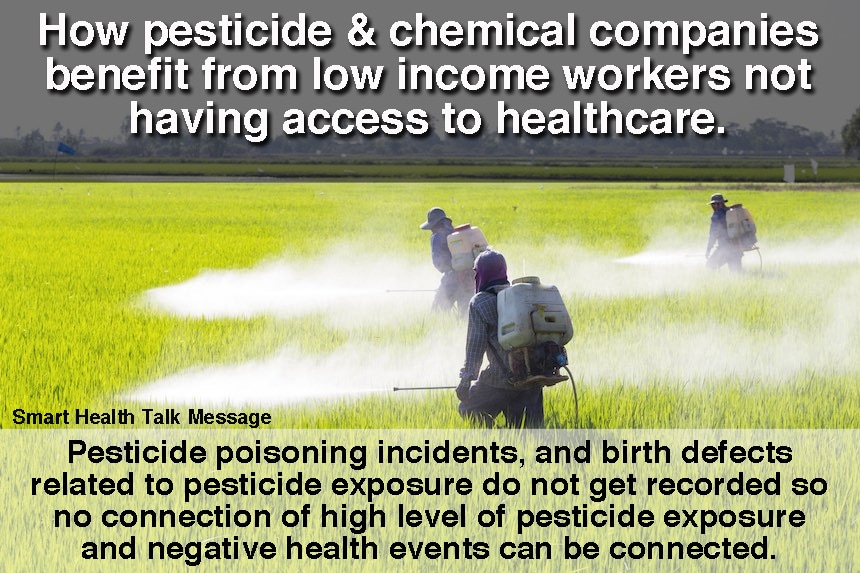

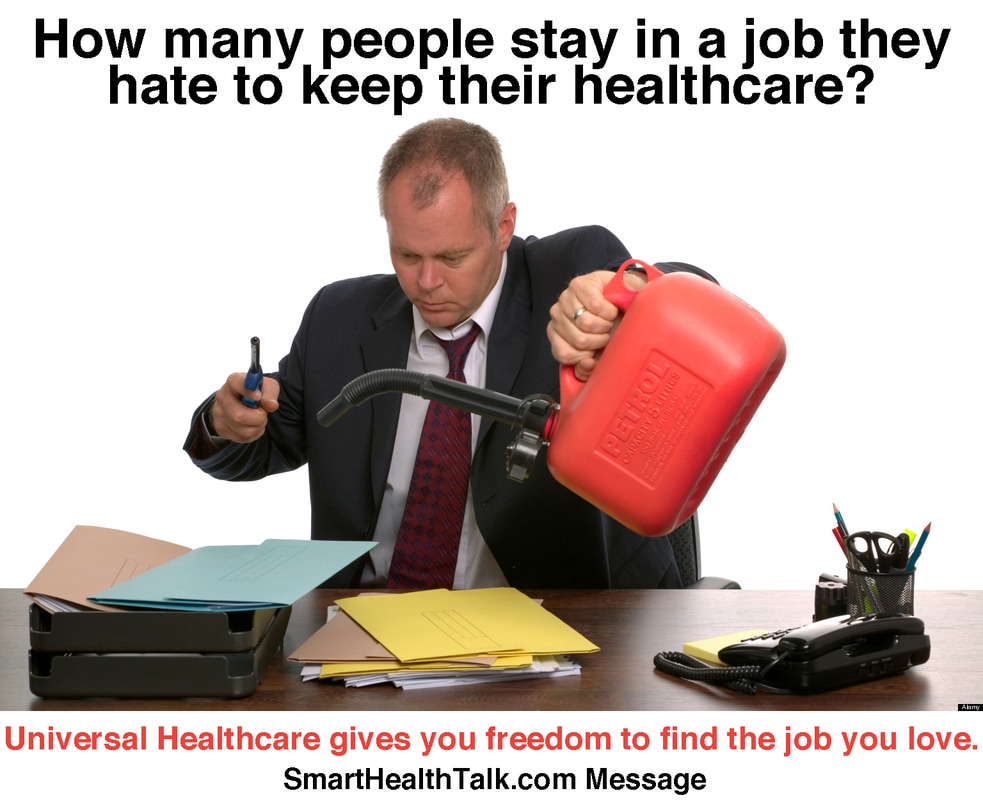

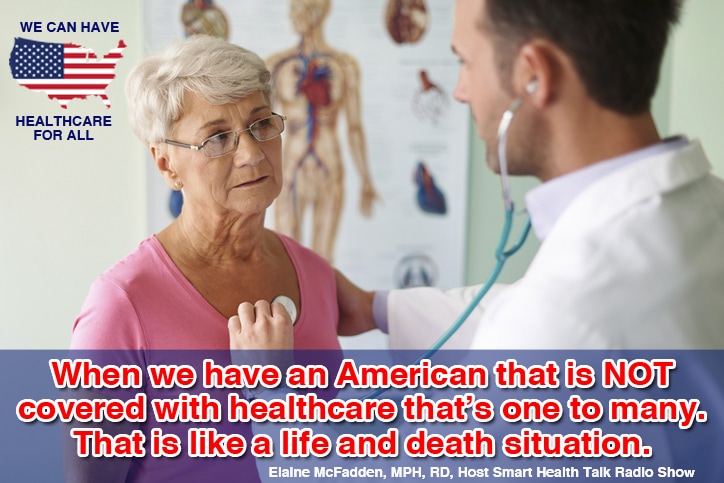
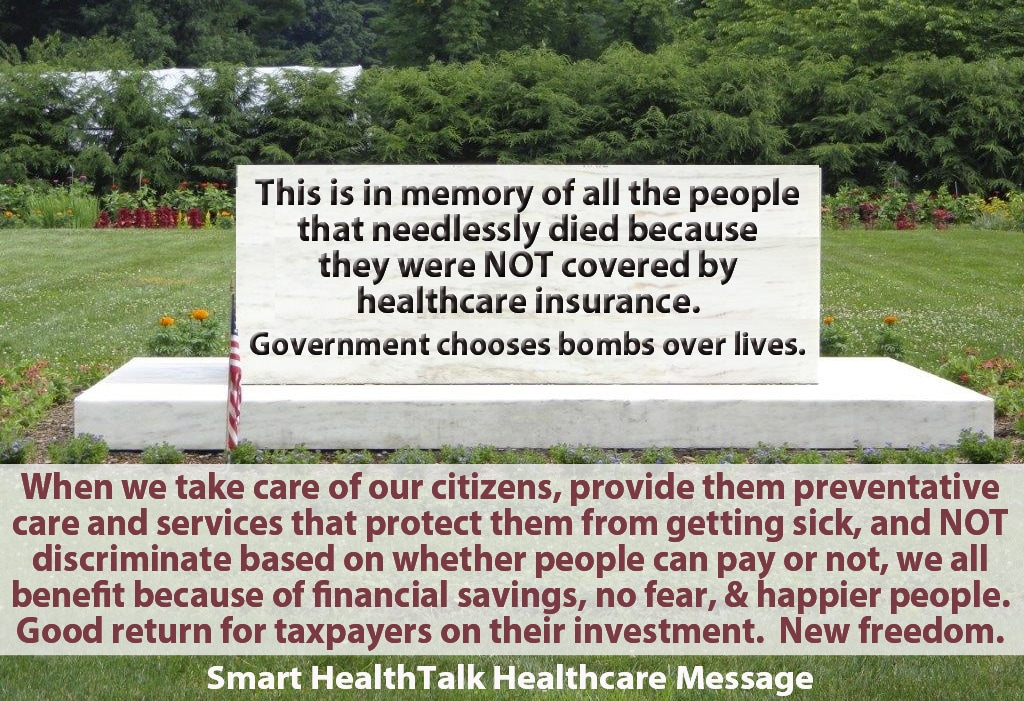
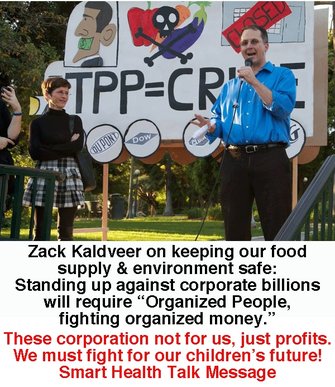
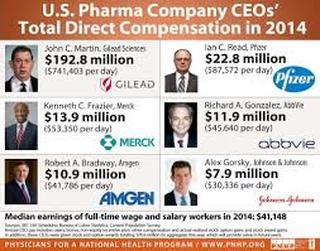
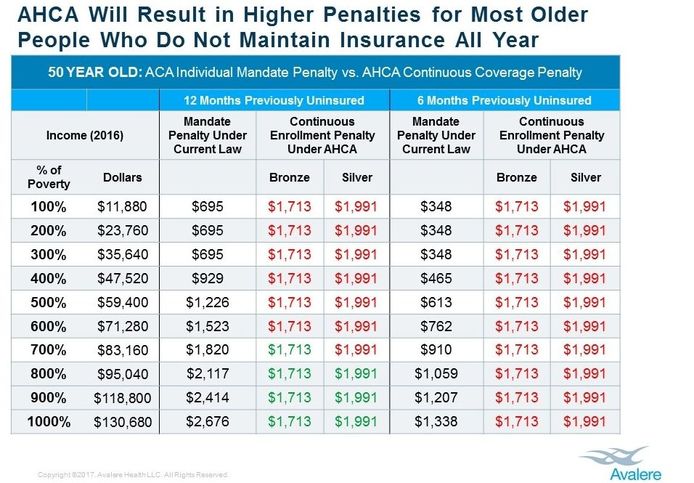
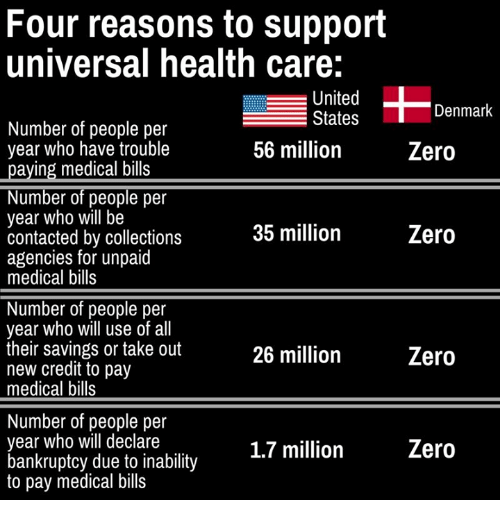


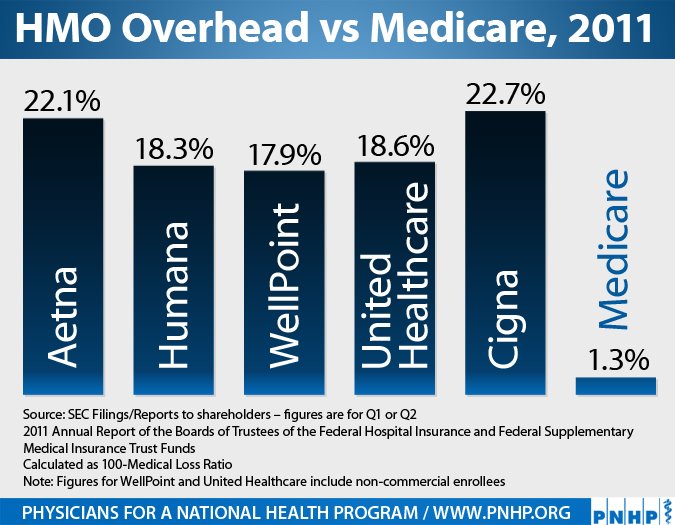
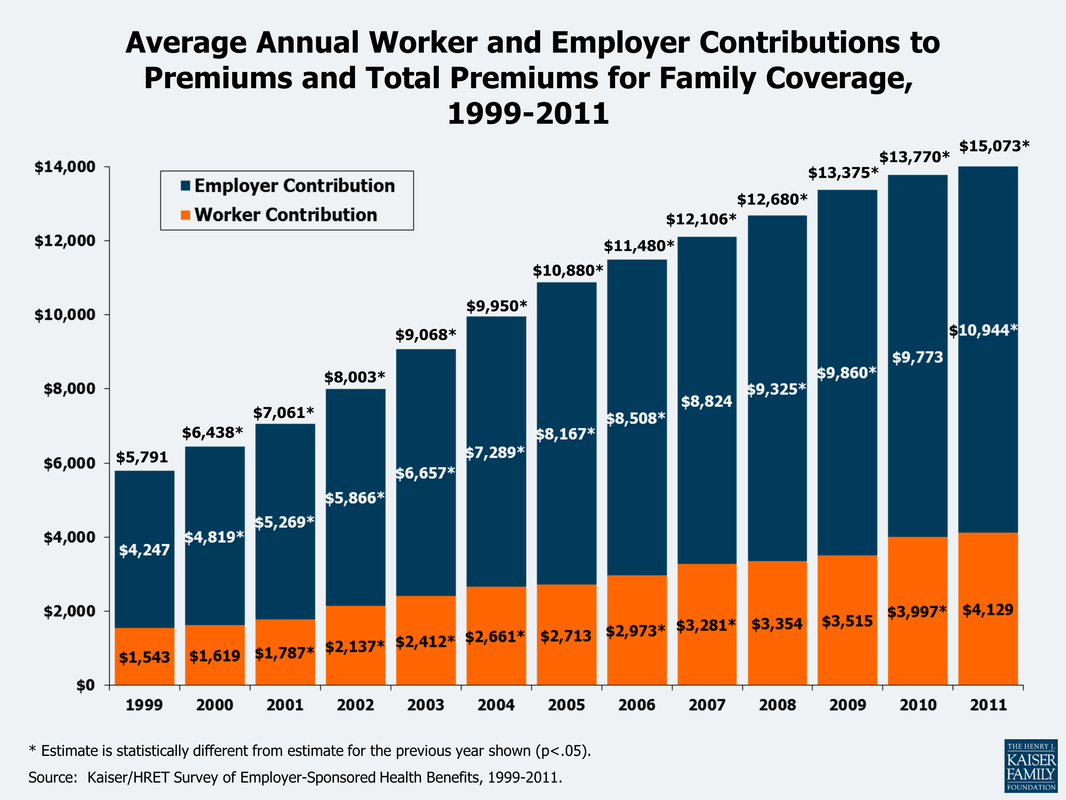
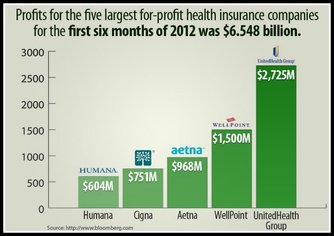
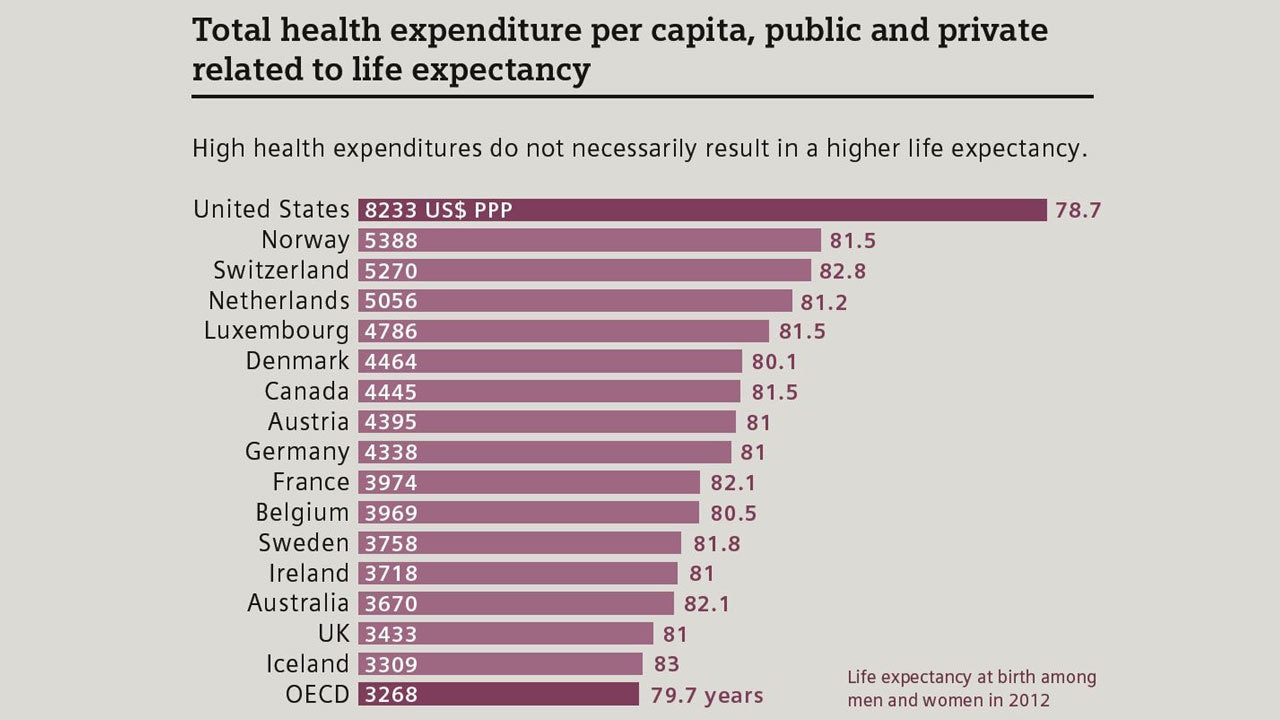
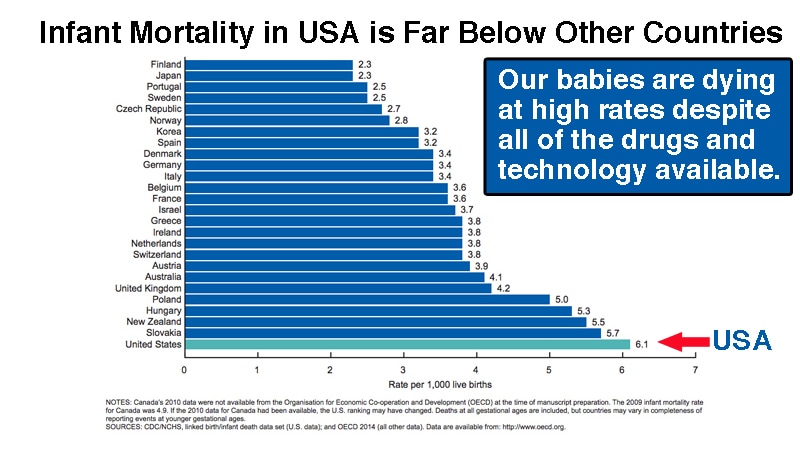
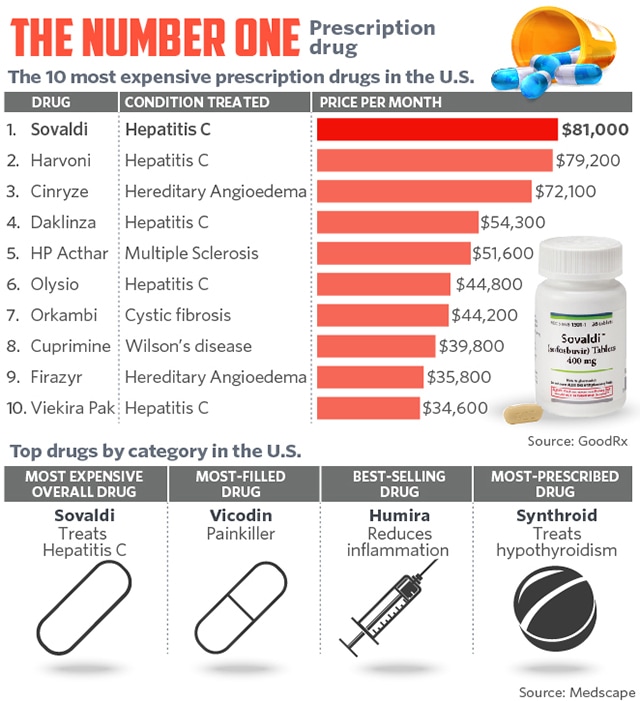
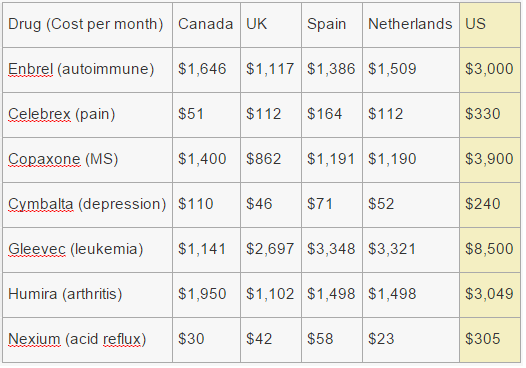
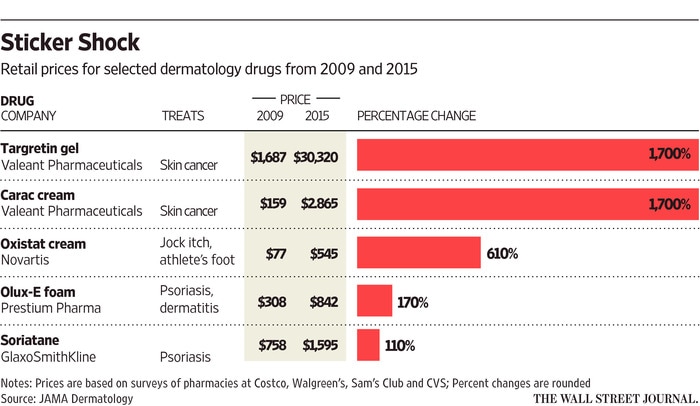
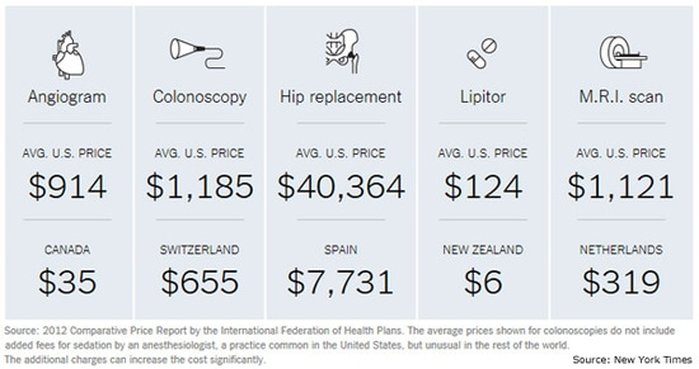
 RSS Feed
RSS Feed
